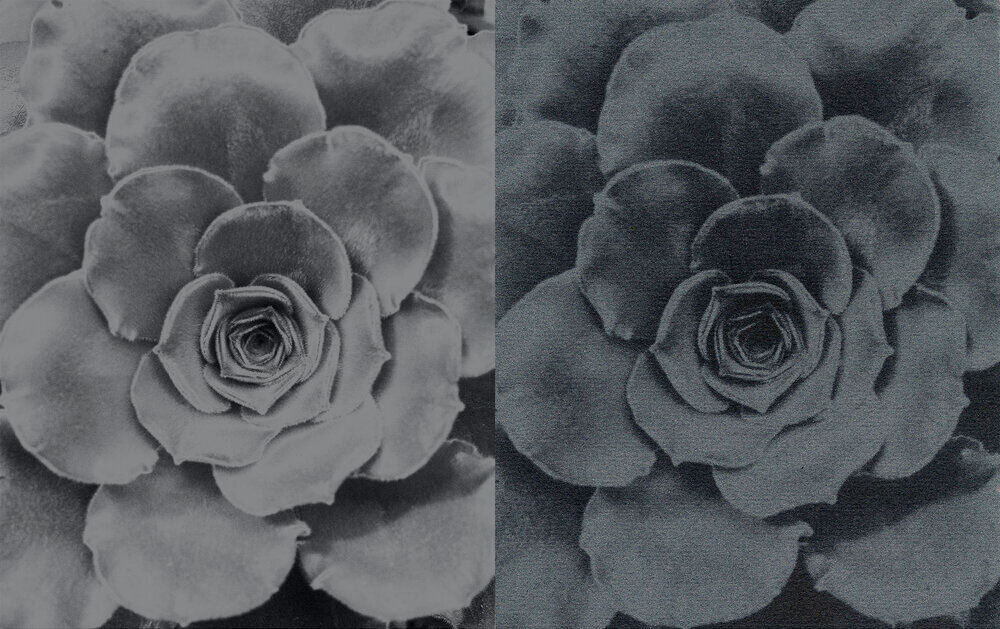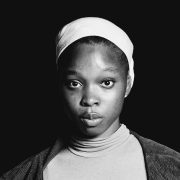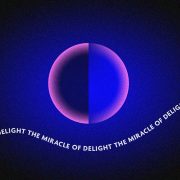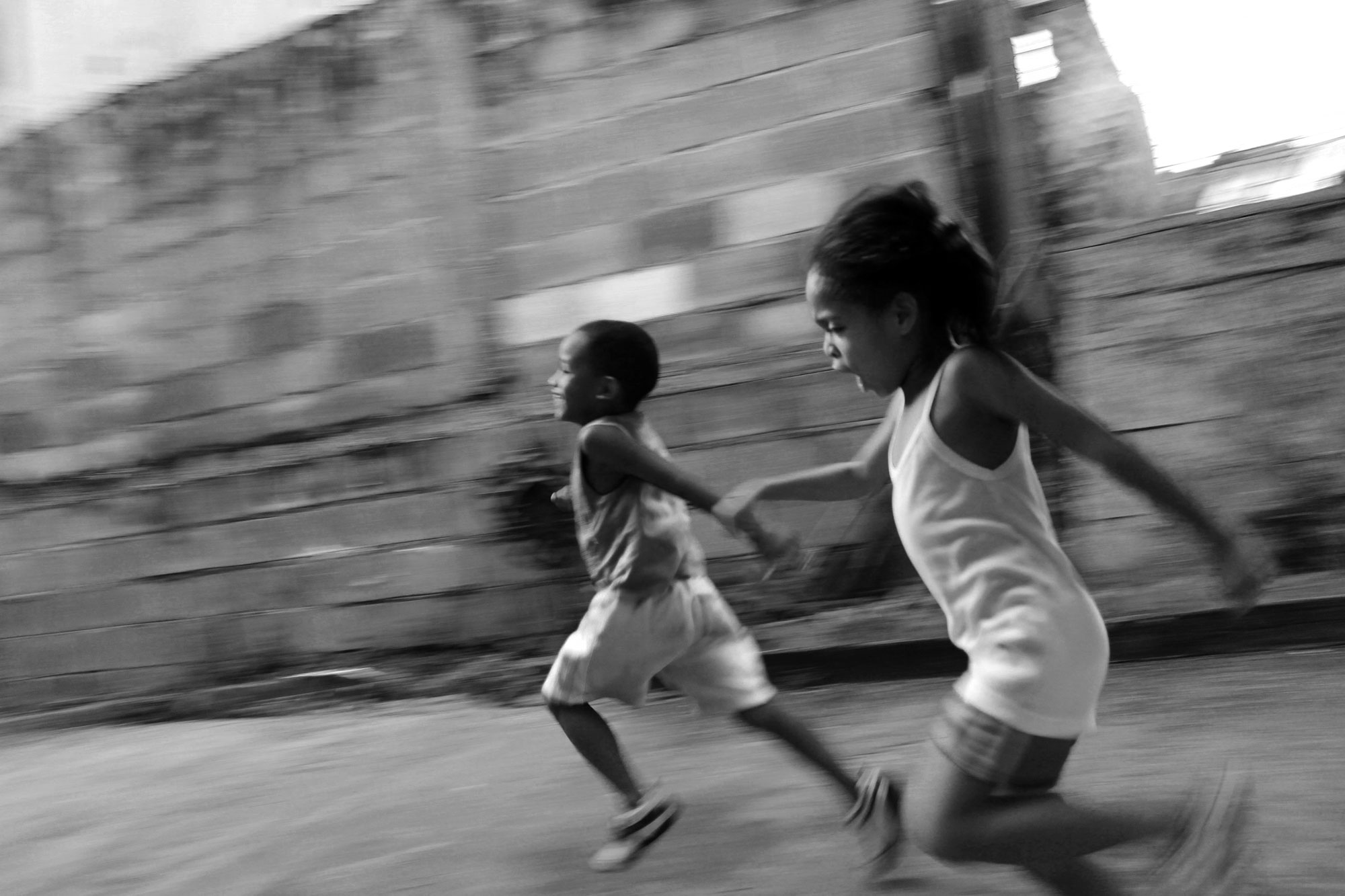“Botanica is a visual study of micro-ecosystems, the backbone of our biosphere. The ecosystem depends on these micro-ecosystems to survive. Yet, they are often overlooked in mainstream discourse about the environmental crisis. This work seeks to create a visual space for vital mini-ecologies to coexist before their imminent extinction.”
— Aster Reem David

I am not a plant person. I have never had a plant survive, not even a cactus. Years before we started dating, my husband Dov tended to backyard trees, bushes, and flowers with his family. Our first weekend at his childhood home, he pointed to where an apple tree used to be and reminisced about playing with his siblings under it. When they grew up, his parents took the tree down to make room for a swimming pool. The sadness in his voice was palpable. I told him it was quite an excellent problem to have.
The first time Dov brought a plant into our home, we lived in a matchbox-sized apartment on President Street, in Brooklyn. Soon, every nook and cranny brimmed with leaves and climbing vines of an abundance I found both pleasing and bewildering. I watched him water and prune them with a monk’s focus. Every so often, he’d rotate the pots towards the sun with a sated smile on his face.
Over the years, Dov has graced our home with grasses, bonsai, spider plants. He’s nursed flowers back from near-death and grown new ones from seed under the brightest lights imaginable. My indifference to them is only outshined by Dov’s dedication. Because I didn’t grow up taking care of greens, I have lots of questions. Spending time around plants has been quite the botanical experience. I’m always pointing out when they look tired, and I share my observations, like when the green worm living in our basil pooped green.
As Dov builds our farm here in South Orange, my findings continue to delight me and baffle him. Often, he can’t believe I really know this little about plants…but then I ask something so basic with such sincerity, he understands that I do, indeed, know this very little about plants. He patiently shows me the difference between male and female flowers or why wood chips keep moisture in the soil.
Of the plant lifecycle, the harvest is what I look forward to the most. My bond with plants takes hold in the kitchen, where I relish collecting seeds from fresh tomatoes and cooking everything from scratch. I am not a plant person, but I am learning tons about where our food comes from and what it takes to be sustainable. More and more, I feel connected to the land. I realize that replacing a tree with a pool would give me the blues, too.
So, it’s quite fitting to share Aster Reem David’s botanical photography with you today. Her artwork is replete with exquisite details from nature, details we often pass right by but are absolutely absorbing. It’s a quiet, contemplative, lyrical, and gentle body of work that feels like a warm hand to hold and a powerful call to action.
Closeups of cacti, fish gliding by are studies of nature that inspire braver imagining of what life could be. Aster’s pictures awaken us to the environment, opening up bigger vistas of possibilities beyond the horizon of even our most optimistic vision.
“Part of my process is to experiment. I experiment a lot. I print my images on any leftover paper lying around in my house. Then I push it further in post-production. Any experimental work, including accidents, is part of my process. Therefore I look for ways to introduce them to my images.”
— Aster Reem David

Aster Reem David is a UK-based artist working with photography and moving image. She explores the themes of ecology, geology, place, and landscape by encompassing found imagery and recycled materials in her work. Check out her projects Salt and Light and (re)Imagined Landscapes.
Ioana Friedman is an art director and Editor in Chief at The Daring. She’s led digital creative at Estée Lauder Companies and e.l.f. Beauty and has served in a creative capacity at Magnum Photos and powerHouse Books.














